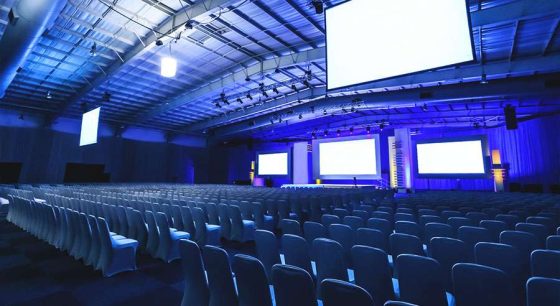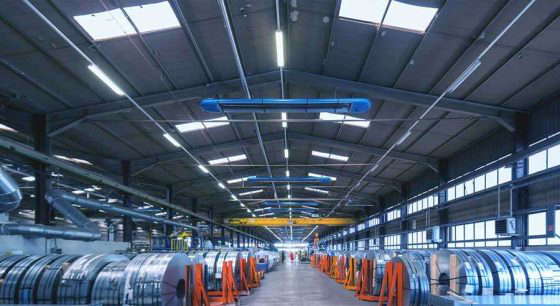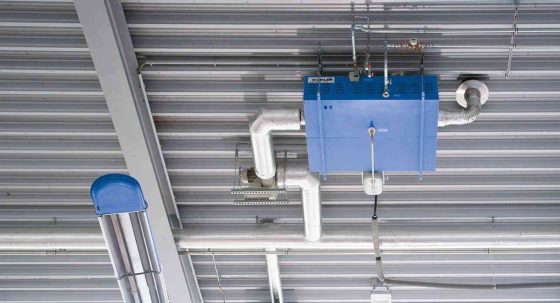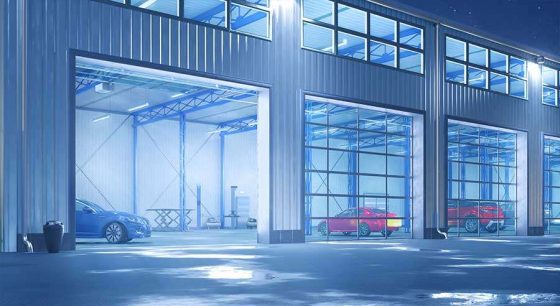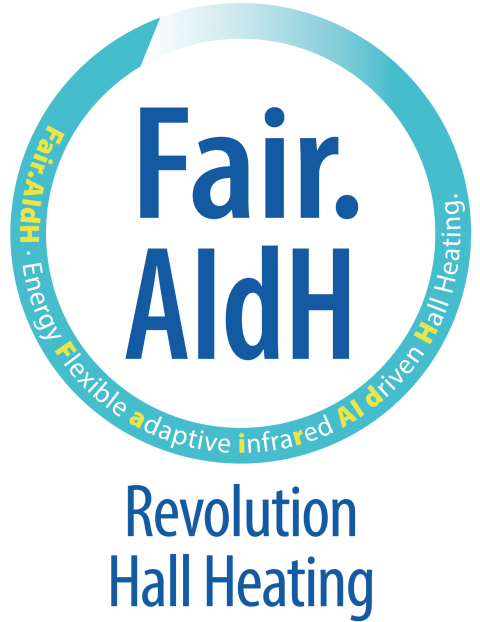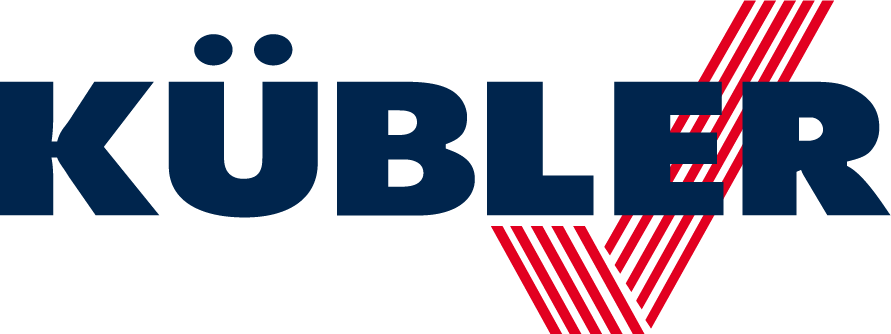Energy turnaround: World innovation honored in Mainz
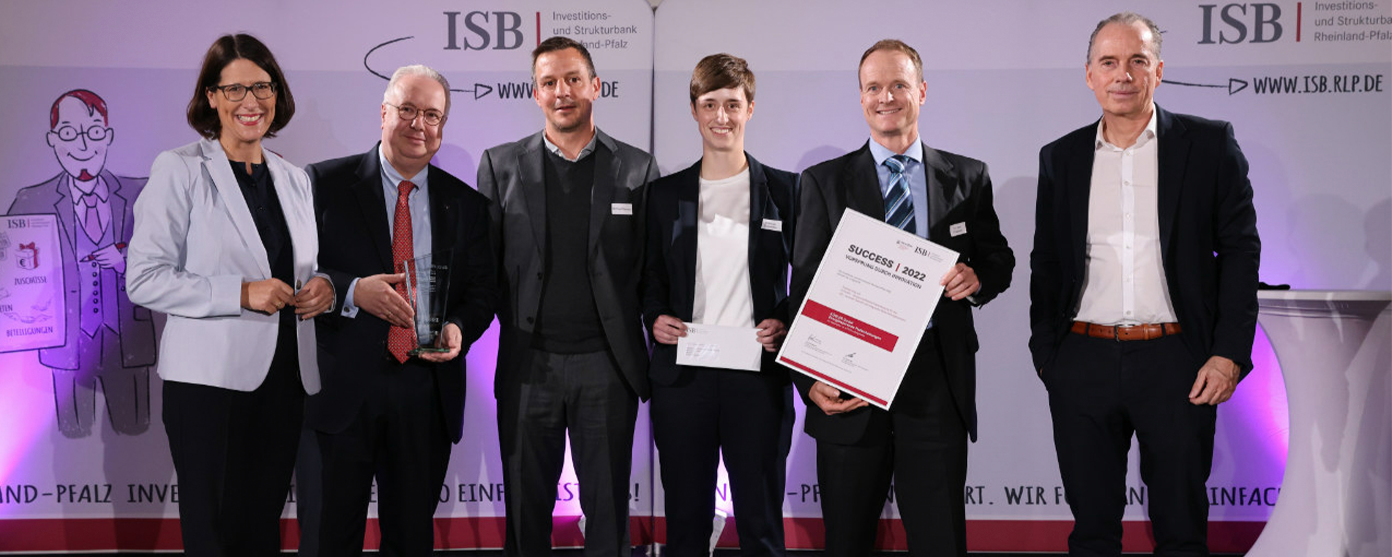
FUTURA heats industrial halls regardless of the energy source - special award "Innovative technologies for climate protection" in the SUCCESS technology competition
"I am deeply convinced that we can only avoid a national energy crisis with a joint effort. Together - that means that all protagonists have to get involved. Everyone should play their part and contribute their expertise to the process," says Thomas Kübler, founder, partner and Managing Director of KÜBLER GmbH. "We have been doing this for decades now and are delighted that, especially in the current situation, we have developed a technology with FUTURA that can make a decisive contribution to the energy transition."
FUTURA ist eine Brücke in die karbonfreie Zeit
Ganz gleich, ob grüner Wasserstoff oder Strom die Zukunft bestimmen, FUTURA kann beides – und mehr: Die Infrarotheizung nutzt ebenso Biogas, Erdgas oder Flüssiggas und erlaubt es, variabel zwischen den Energieträgern hin und her zu schalten. Dies funktioniert sowohl im Monobetrieb wie auch im Mix. Je nachdem, welche Energie gerade verfügbar oder besonders kostengünstig ist. „Wir sorgen damit für eine Versorgungssicherheit und stabilisieren die Netze“, sagt Kübler. „Vor allem aber ist unsere Lösung wirtschaftlich. Infrarot ist die ideale Form, um große Räume zu heizen.“ Gemeint sind insbesondere Hallen mit einer Höhe von vier Metern und mehr.
Die Infrarotheizung funktioniert analog der Sonne
Der FUTURA wird an der Hallendecke installiert. Sie erwärmt alles, was angeleuchtet wird: Menschen, Maschinen, Hallenboden. So kommt die Wärme gleichzeitig von oben, unten und von allen Seiten. Diese Wärmeübertragung ist energieeffizient mit Einspareffekten von 50 bis 70 Prozent. „Mit FUTURA heizen wir zeitlich und lokal flexibel“, sagt Kübler, „denn wir decken nur den Wärmebedarf, der tatsächlich besteht. Schließlich ist die effizienteste Heizung die, die nicht läuft.“ Eingeschaltet wird die Heizung bedarfsorientiert wann und wo Wärme notwendig ist. Efficiency First ist damit erfüllt und FUTURA ist die wahrscheinlich effizienteste Antwort auf eine komplexe, schwierige Heizaufgabe, die gerade mit erneuerbaren Energien auf höchstem Niveau sparsam umgeht. Übrigens: Die Jury hat FUTURA auch wegen seiner zweiten technischen Innovation ausgezeichnet, denn die Multi-Energie-Infrarotheizung sorgt optional neben Wärme gleichzeitig für eine energiesparende Hallenbeleuchtung mit LED. Durch diese nachhaltige Lösung von Zwei in Einem spart sich der Anwender ein komplettes Verkabelungssystem inklusive der Schalteinheiten und Steuerung. In Zukunft ist damit auch nur eine Wartung erforderlich, die gleich beides umfasst.
With FUTURA, KÜBLER GmbH is bringing about a paradigm shift in energy efficiency. After all, only two percent of all buildings in Germany are halls. These halls account for 15% of building-related energy consumption in Germany and the associated greenhouse gas (GHG) emissions. The new system has been developed for new buildings, but the industry can also use FUTURA to refurbish existing buildings without interrupting operations.
-
Whether concert fans, art lovers or party enthusiasts: the room temperature also determines the success of events. How hosts ensure a comfortable climate in event halls and exhibition rooms with hall heaters.
-
Infrared hall heating in your production: How to create the right indoor climate for your productionIndoor buildings are a world of their own. Especially in winter. The high rooms pose a real challenge for anyone who wants to ensure the most pleasant working climate possible. But there are solutions - infrared hall heating, for example.
-
"No energy transition without energy efficiency" is the title of dena's "Topics and projects" section on its homepage "The best kilowatt hour is the one saved," says Thomas Kübler, Managing Partner of KÜBLER GmbH. Both mean the same thing: It's about curbing energy consumption in general and especially in companies. Because this is an enormous lever for achieving climate targets. And that's not all: energy efficiency also pays off economically if it is approached in the right technological way. Modern infrared heating technology plays an important role here, especially when it is intelligently combined with Bennwert technology.
-
"Heating with the windows open" in private households is like "heating with the doors open" in production halls and warehouses. It's great if you can afford this in industry and commerce because production and business are obviously running - unfortunately, this is not a matter of course for many companies in times of coronavirus.
